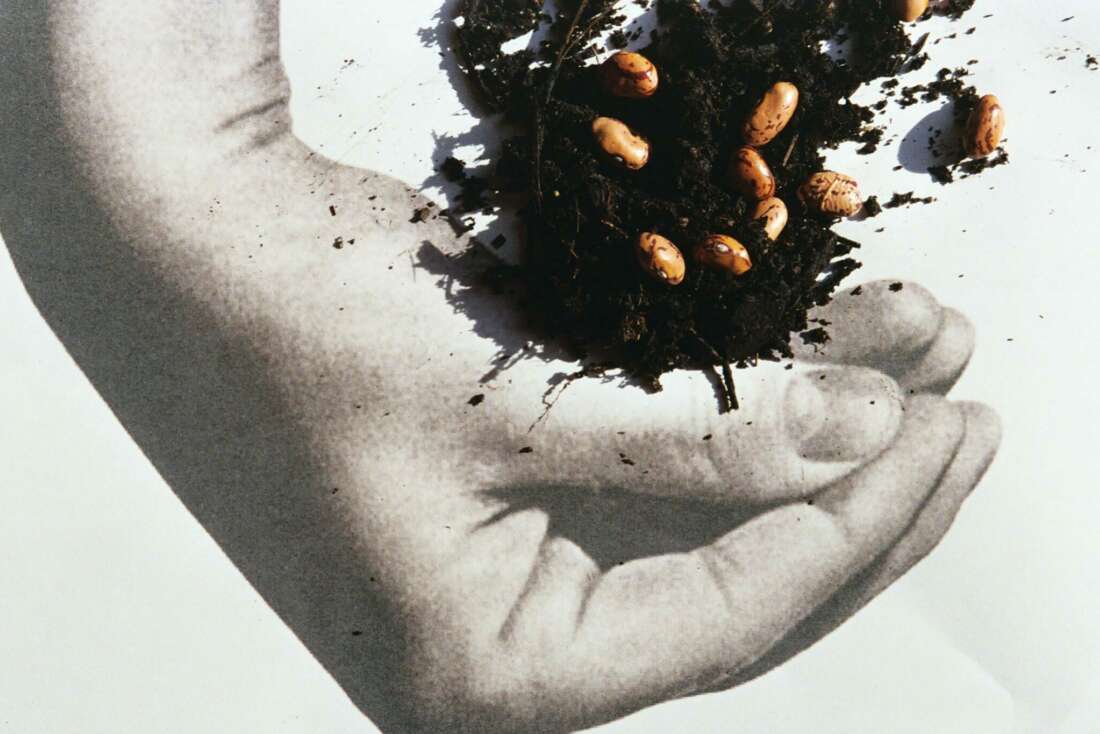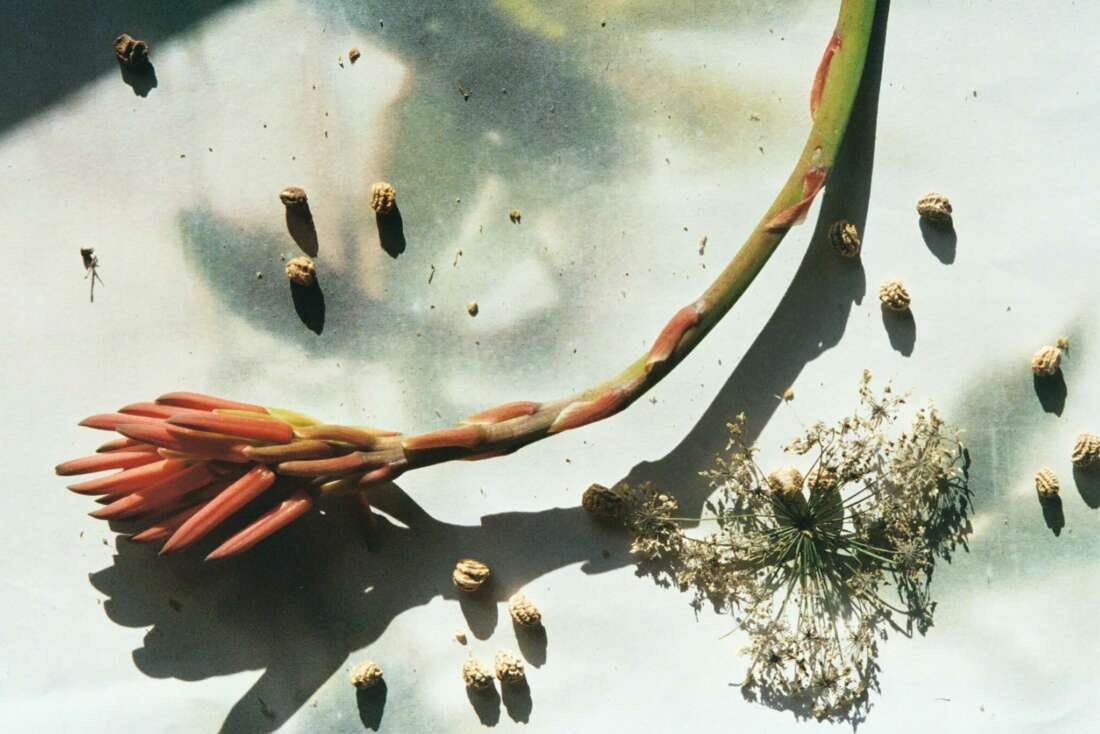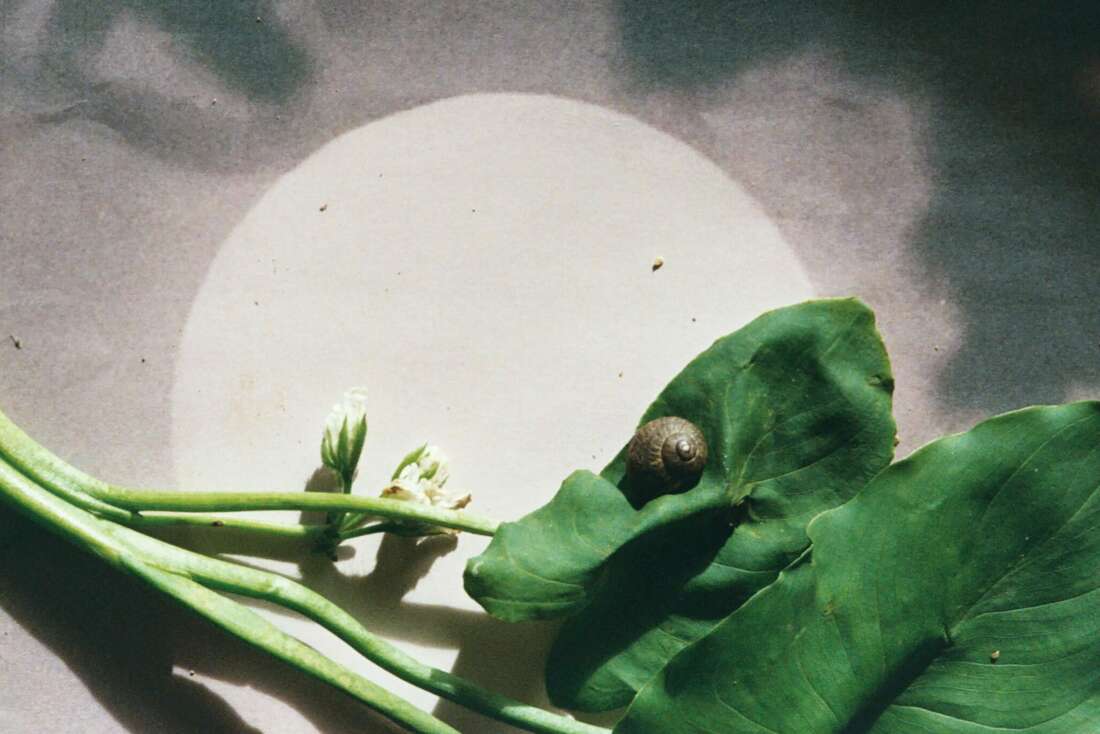Category — Features

Plant a seed
For me, planning seeding is the first step towards a successful harvest. During our downtime, we enjoy spending many hours creating a clear, simple and flexible garden plan. At the change of each season, we review this plan and dive into our seedbox, take some notes, design a planting calendar and order anything we don’t have.
Our seedbox is a collection of hardy, easy to grow seeds that we know from experience grow well in our cool climate conditions. They’re mostly sourced from the main organic retail producers, with a small collection saved from our own garden and others gifted to us by friends.
In New Zealand we have many great planting guides and charts available for the beginner, so you can select the vegetables which suit your location. Keep in mind the particularity of your climate and focus on creating and understanding the microclimate within your own garden.
At the beginning of your seed journey I suggest you trust the popular seed suppliers as germination tests have been carried out, and their seeds should perform consistently. If you’re using home — or shared — saved seed you may have varied results, so you can’t rely on this seed alone. Ideally, you would develop a germination testing practice.
Our rhythm is driven by our biodynamic learning over the years. We seed during the ascending moon and transplant seedlings during the descending moon. Leafy greens are sown during the waxing (first quarter) moon and roots early during the waning moon.
Equipment
Our propagation tools are simple: a bench made of some old bee boxes topped with plywood, the garden hose, backpack sprayer and watering can, wooden seed trays, compostable fibre seedling pots, and a range of netting and hand tools. Be creative and use what you have – saved seed trays from the garden centre, egg cartons, toilet paper rolls are all easy hacks.
It’s ideal to create a dedicated, easily accessible and easy to clean waist-high workbench if possible. Seeding, nurturing and transplanting are hands-on activities; the seeds and seedlings benefit from your presence and being sprayed and watered on a regular basis. Good ventilation is important when working with the various inputs which make up seed raising and growing mixes to ensure good respiratory health.
Our aim is to avoid plastic, hence the wooden equipment. The sprayer is an exception as we see it as essential, so we can apply our biological brews in a fine mist to ensure gentle application in the early stages of seed and seedling growth. The other close to essential materials in our climate are net covers: ranging from a very fine cover to keep out insects, through to a plastic microclima which acts like a warm blanket on those cooler nights.

Dirty hands
With your garden plan, seedbox and work area ready it’s time to get your hands dirty. Get all of your seed packets organised and ready to go before things get messy. Make sure your seed mix is a little damp, not dusty. If I need to I add a little water the day before. Lay your trays and pots out on your bench and fill them, the mix should always be level. Seeds germinate and establish best with good seed to soil contact and this is why the tilth (texture and consistency) and level surface is so important. The finer your seed the finer the tilth of your seedbed.
Distribution of the seed is the most difficult part of this process, and while plenty of fancy little tools are available, I suggest using your hands, a knife and plenty of practice. I use a gardening knife to create farrows, level and cover seed. I consider this my main seeding/transplanting tool. Fine seed is difficult to distribute one seed at a time and that is why I like to start each session by sowing the large seeds first, to get in the mode of dexterity with my otherwise clumsy fingers and thumbs.
I have found making a farrow in the soil best when sowing larger seeds, into which you can place your seed and then gently cover them by dragging the soil to lightly over the top. With fine seed, I keep the soil surface level, lay the seed on top and then I sift a light cover of soil over the top. Every vegetable has different sized seeds which germinate at different speeds, with different requirements for moisture and temperature. Seed suppliers provide very clear suggestions, but the general rule is to cover or plant a seed at a depth twice the diameter of the seed. Once your seeds are in and covered with soil use a fine mist to water them in, the weight of the water helps achieve the seed to soil contact you are aiming for.
To enhance the living environment around the seeds, I water with a ‘brew’. Most often a light seaweed brew. You can buy seaweed fertilisers at the plant shop, or head to the beach so you can make your own. This way, while maintaining the appropriate moisture level, I also stimulate the microbiology in the soil.
Beyond seaweed, we also use nettle tea, comfrey tea, cow pat pit slurry or liquid worm castings in the same way.
The only seed we place in a seed bath the night before sowing is garlic. We use a light dilution of seaweed or a light slurry of the cow pat pit for this. My advice, make friends with a biodynamic gardener.
Keeping consistent moisture and temperature is a key focus for me – from leading up to germination, to nurturing seedlings through to transplanting. We have our seedlings located outside against a dry, warm, sheltered wall. We find that germinating outdoors creates hardy little seedlings right from the start. If you are trying to extend the season, a warm window, heat mats or polytunnels / glasshouses can help you get a head start.
I have found the development of the first two leaves to be the trigger for your next move regardless of indoor or outdoor growing – at this stage, your little seedlings should be large and hardy enough to handle. If you have planted in trays and are thinning out seedlings to create more space, or you are transplanting little seedlings into bigger pots, you should get onto this nice and early to ensure the roots are still fine and not entangled with its neighbours. The aim is reducing stress, so make sure moisture is present, you are gentle and you move quickly. You can also transplant some hardy plants into the garden at this stage. While the seedlings are young we continue to spray the soil with our biological brews so we continue to incolulate the soils and create a biological connection. This approach aims to build the plant’s health in a proactive and preventative way, encouraging the plant’s natural defences.


Into bed
We transplant seedlings into our garden beds during the afternoon, and on days when the weather is calm and relatively gentle. We don’t want to stress our plant at this crucial stage after all of the nurturing so far. Gently grab the leaves of the seedling, carefully pull out of the tray while avoiding any damage to the root or stem. Make sure the soil is moist and you can tip the pot or tray upside down and give it a squeeze so the soil lets go – you want to get as much of the seedling soil in the hole as possible. Use a garden (Google diggi diggi knife) or kitchen knife, push it into the bed where you intend to place your seedling, pull it towards you to make room in the soil a little deeper than the depth of your pot, place in the hole, then tuck gently into the soil you pulled away so it is snugly situated in your bed. But don’t stomp or press too hard – remember, we are always nurturing our plants.
We use a range of material covers to protect the seedbeds and young seedlings while the new roots establish and we assess which pests might be around to test us. In a home garden, you can do this with a plastic bottle with the bottom cut off, to protect from slug bait like beans.
At every step, I suggest you apply a selection process with a survival of the fitness mindset, over time developing an understanding of what a healthy version of each vegetable looks like, and what type of stress contributes to the plant’s failure as it travels through the different growth stages on its way towards a successful harvest. If you fail, start again knowing that each time you repeat the process you can adapt, learn and change. We have learnt that much of the plant’s health comes from them growing in conditions which suit them best, which ultimately reduces stress.
By having a strategy that mixes direct seeding into beds (with the same techniques used in pots and trays) and transplanting seedlings, we are able to minimize the risk of failure, but we do focus on a higher percentage of seedlings as we find direct seeding less consistent.
We apply a successional approach to seeding by only sowing small batches at a time, which means during autumn and spring especially we are sowing every ten to fourteen days.
Sowing in the right season and conditions takes practice and experience and is very specific to your situation, so keep this in mind as the inevitable failures present themselves. Don’t focus on the ideal timing too early, it’s all part of the journey.
By Jared Connolly. Photography: Frana Hollands